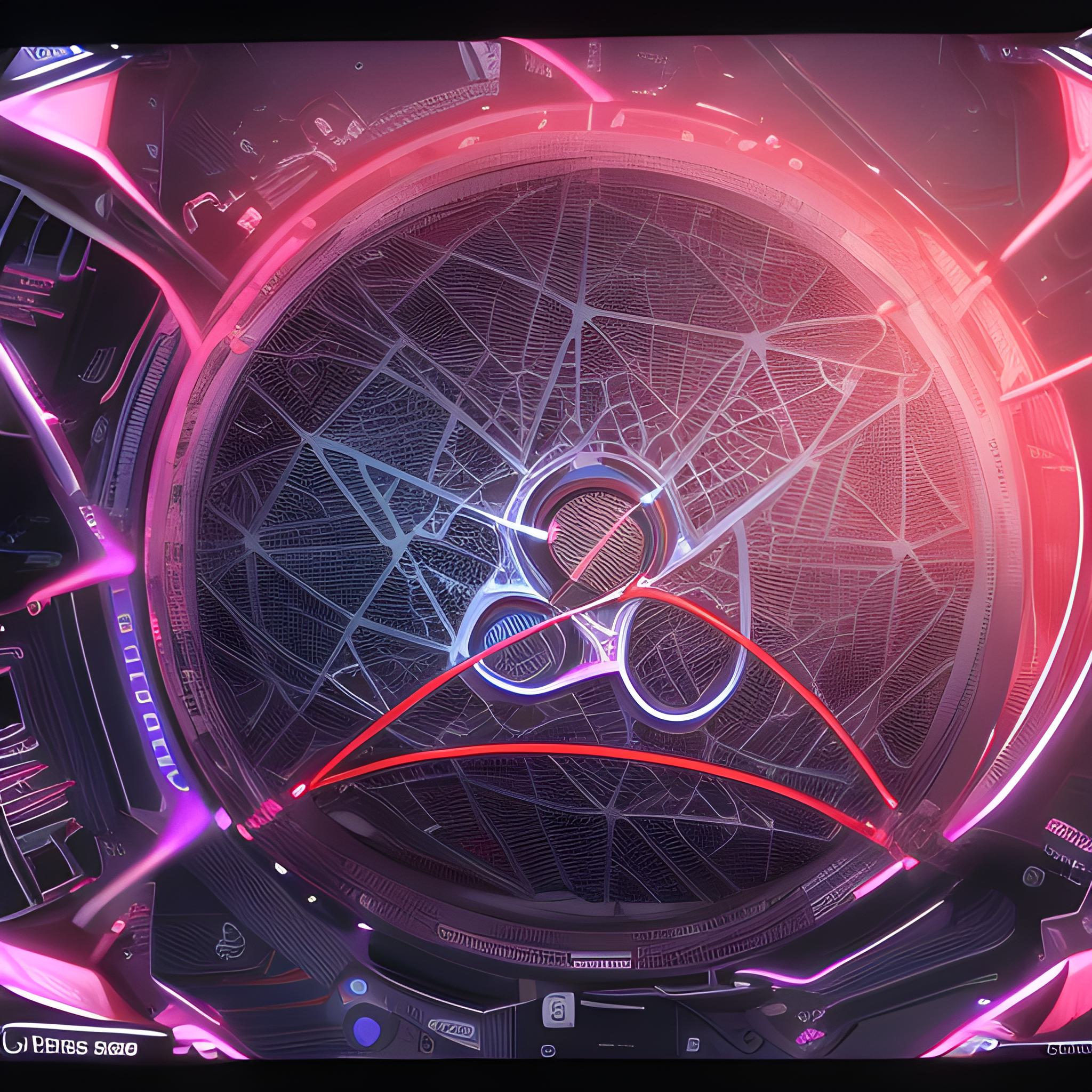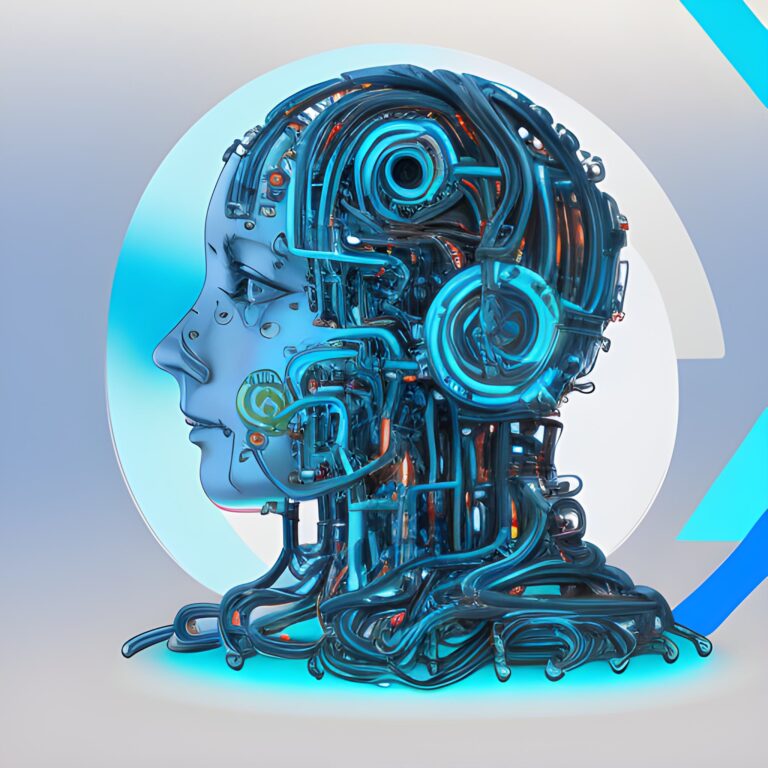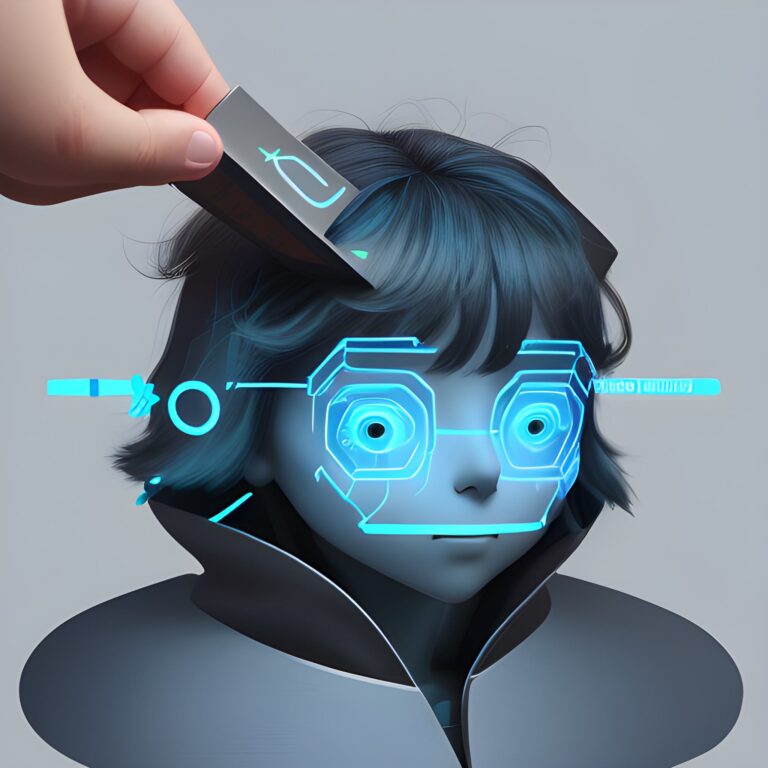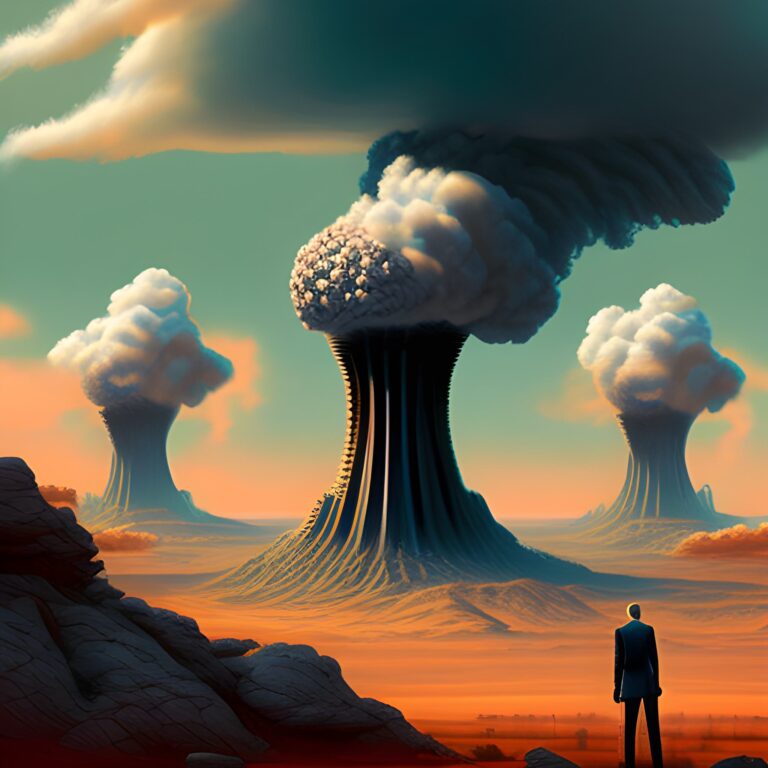Chrome’s WebGPU Launch: The Future of High-Performance Graphics and AI on the Web
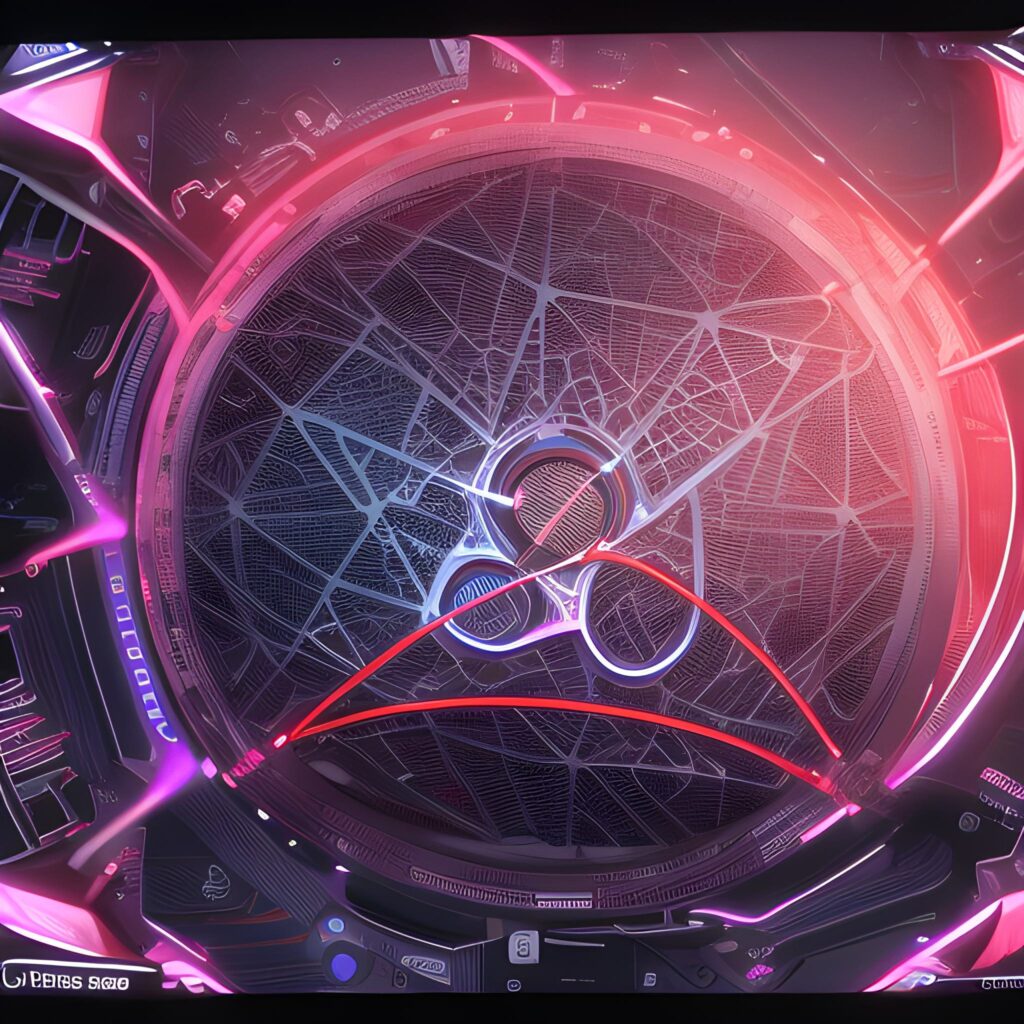
Google Chrome WebGPU - Web Graphics and AI, deepleaps.com, 4k, 8k, ultra highres, raw photo in hdr, sharp focus, intricate textureYears of dedicated development have culminated in the release of WebGPU by the Chrome team, allowing for high-performance 3D graphics and data-parallel computation on the web. Currently available in the Beta channel of Chrome 113, WebGPU introduces a new web graphics API that provides substantial benefits such as significantly reducing the JavaScript workload for identical graphics and improving machine learning model inferences by over three times.
This revolutionary technology is initially supported on ChromeOS, macOS, and Windows, with other platforms slated to receive support later this year. WebGPU, which exposes modern hardware capabilities, paves the way for rendering and computation operations on GPUs, sharing similarities with Direct3D 12, Metal, and Vulkan. Unlike WebGL APIs, WebGPU unlocks more advanced GPU features and boasts first-class support for general GPU computations.
Designed specifically for the web platform, WebGPU showcases an idiomatic JavaScript API, integration with promises, and support for importing videos. The initial release also emphasizes a polished developer experience, complete with informative error messages. This marks just the beginning for WebGPU, as the Chrome team plans to introduce more advanced graphics features and invites developers to submit feature requests. Additionally, the team intends to provide deeper shader core access for further machine learning optimizations and additional ergonomics in the WebGPU Shading Language (WGSL).
A product of the W3C’s “GPU for the Web” Community Group, WebGPU represents a collaborative effort, with contributions from major players like Mozilla, Apple, Intel, and Microsoft. After six years of development, the first implementation is now live in Chrome, with support for Firefox and Safari in the works.
The Dawn library for Chromium and the wgpu library for Firefox are available as standalone packages, offering excellent portability and ergonomic layers that abstract OS GPU APIs. Utilizing these libraries in native applications also simplifies porting to WASM via Emscripten and Rust web-sys.
Chrome 113 brings the initial WebGPU release to ChromeOS devices with Vulkan support, Windows devices with Direct3D 12 support, and macOS. Linux, Android, and expanded support for existing platforms are expected soon. WebGPU is also a work-in-progress for Firefox and Safari.
Several popular WebGL libraries are already in the process of integrating WebGPU support, making adoption as simple as a single line change. Babylon.js, PlayCanvas, TensorFlow.js, and Three.js are among those actively embracing this groundbreaking new technology.
Early Implementations Show Promising Results
The has stirred excitement in the developer community, as some had feared the technology would be delayed. Despite the relatively immature state of current WebGPU implementations, developers are already finding success in leveraging the powerful new graphics API.
One developer has been working on a Rust + WebGPU machine learning runtime for several months, relishing the experience of writing WebGPU Shading Language (WGSL) code. Their efforts have resulted in the successful integration of a 250M parameter Large Language Model (LLM) in the browser, with impressive performance and minimal optimization.
However, challenges remain, particularly regarding matrix multiplications (matmuls) in the browser. The developer’s benchmarks have revealed difficulties in achieving 50% of theoretical FLOPS (floating-point operations per second), with bounds checking further reducing the efficiency to just 30%. As WebGPU continues to evolve, developers eagerly anticipate deeper access to shader cores, as mentioned in the initial announcement, which could significantly improve performance.
For now, early adopters are embracing the opportunities WebGPU presents, experimenting with new projects and anticipating the broader impact of this innovative technology on the web, 3D graphics, and AI. As the implementation of WebGPU matures, it will likely continue to unlock new possibilities and foster the growth of advanced web applications.
https://developer.chrome.com/blog/webgpu-release/
https://github.com/FL33TW00D/wgpu-mm
{
"prompt": "Google Chrome WebGPU - Web Graphics and AI, deepleaps.com, 4k, 8k, ultra highres, raw photo in hdr, sharp focus, intricate texture",
"seed": 8206564,
"used_random_seed": true,
"negative_prompt": "worst quality, low quality, normal quality, child, painting, drawing, sketch, cartoon, anime, render, 3d, blurry, deformed, disfigured, morbid, mutated, bad anatomy, bad art",
"num_outputs": 1,
"num_inference_steps": 25,
"guidance_scale": 7.5,
"width": 512,
"height": 512,
"vram_usage_level": "high",
"sampler_name": "euler",
"use_stable_diffusion_model": "neverendingDreamNED_bakedVae",
"use_vae_model": "vae-ft-mse-840000-ema-pruned",
"stream_progress_updates": true,
"stream_image_progress": false,
"show_only_filtered_image": true,
"block_nsfw": false,
"output_format": "jpeg",
"output_quality": 75,
"metadata_output_format": "json",
"original_prompt": "Google Chrome WebGPU - Web Graphics and AI, deepleaps.com, 4k, 8k, ultra highres, raw photo in hdr, sharp focus, intricate texture",
"active_tags": [],
"inactive_tags": [],
"use_upscale": "RealESRGAN_x4plus",
"upscale_amount": "4",
"use_lora_model": ""
}

